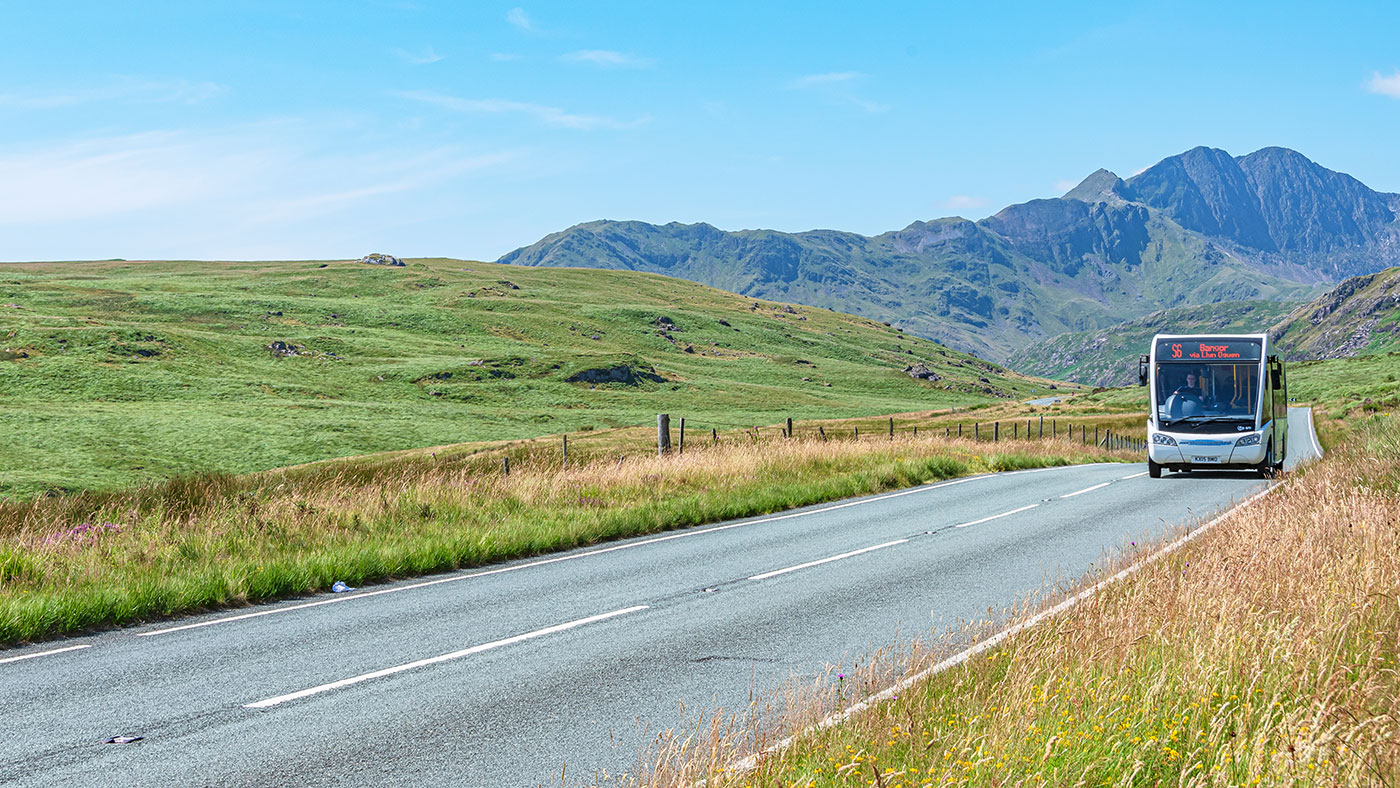There is a complementary ‘chicken-and-egg’ relationship between improving public transport and active travel, while deterring the use of private cars through some form of pricing. Pricing can relate to the use of road-space (either in general or at particularly busy times and places), or parking space, or motor vehicles, or fuel.
These types of pricing mechanisms can provide much of the funding needed to improve public transport and active travel. However they are also needed to deter unnecessary driving, so as to make space available for those walking, cycling and public transport improvements.
Using the funding from these pricing schemes to improve the alternatives is vital if the pricing schemes themselves are to be seen to be fair, with people seeing the money being used to make it easier for them to get around without depending on private cars.
Polling by Ipsos found that public support for pricing for urban road-space has gone up from 33% in 2007 to 62% in 2020. It is higher among captains of industry, and rises higher still if the revenues are used to improve public transport, to tackle air pollution or greenhouse gas emissions, and if the taxes are higher on more polluting vehicles. Conversely, support falls if the revenues are returned to drivers in the form of reduced road taxes. Research by Campaign for Better Transport found a clear majority supported road pricing more generally (49% in favour compared with 19% against), echoing earlier findings from the Social Marketing Foundation. Both reports reinforce the point that road pricing schemes need to be fair.
Pricing mechanisms can either aim to reduce the greenhouse gas emissions from road transport, or the more localised (predominantly urban) impacts of congestion and pollution, or both. There is a good case for adopting a mix of both approaches, in which:
- National government operates a distance-based pricing scheme, which reflects the climate impacts of road travel, while yielding funding to improve longer-distance travel (notably the rail and inter-urban bus networks);
- Local authorities (particularly in the city regions) operate congestion and pollution-based pricing schemes, yielding funding for local transport improvements (e.g. walking and cycling provision, as well as improving local bus and metro services).
This approach has the benefit of ensuring that national and local government share the political costs of introducing pricing schemes, but also share the revenues and the responsibilities for improving local and national transport respectively. This briefing from Friends of the Earth says more about funding sustainable transport through various ways in which pricing can be used to reduce travel demand.

"Pricing mechanisms are also needed to deter unnecessary driving, so as to make space available for those walking, cycling and public transport improvements."

"Pricing mechanisms are also needed to deter unnecessary driving, so as to make space available for those walking, cycling and public transport improvements."
There is a complementary ‘chicken-and-egg’ relationship between improving public transport and active travel, while deterring the use of private cars through some form of pricing. Pricing can relate to the use of road-space (either in general or at particularly busy times and places), or parking space, or motor vehicles, or fuel.
These types of pricing mechanisms can provide much of the funding needed to improve public transport and active travel. However they are also needed to deter unnecessary driving, so as to make space available for those walking, cycling and public transport improvements.
Using the funding from these pricing schemes to improve the alternatives is vital if the pricing schemes themselves are to be seen to be fair, with people seeing the money being used to make it easier for them to get around without depending on private cars.
Polling by Ipsos found that public support for pricing for urban road-space has gone up from 33% in 2007 to 62% in 2020. It is higher among captains of industry, and rises higher still if the revenues are used to improve public transport, to tackle air pollution or greenhouse gas emissions, and if the taxes are higher on more polluting vehicles. Conversely, support falls if the revenues are returned to drivers in the form of reduced road taxes. Research by Campaign for Better Transport found a clear majority supported road pricing more generally (49% in favour compared with 19% against), echoing earlier findings from the Social Marketing Foundation. Both reports reinforce the point that road pricing schemes need to be fair.
Pricing mechanisms can either aim to reduce the greenhouse gas emissions from road transport, or the more localised (predominantly urban) impacts of congestion and pollution, or both. There is a good case for adopting a mix of both approaches, in which:
- National government operates a distance-based pricing scheme, which reflects the climate impacts of road travel, while yielding funding to improve longer-distance travel (notably the rail and inter-urban bus networks);
- Local authorities (particularly in the city regions) operate congestion and pollution-based pricing schemes, yielding funding for local transport improvements (e.g. walking and cycling provision, as well as improving local bus and metro services).
This approach has the benefit of ensuring that national and local government share the political costs of introducing pricing schemes, but also share the revenues and the responsibilities for improving local and national transport respectively. This briefing from Friends of the Earth says more about funding sustainable transport through various ways in which pricing can be used to reduce travel demand.





